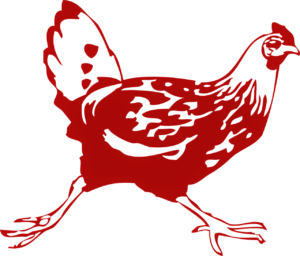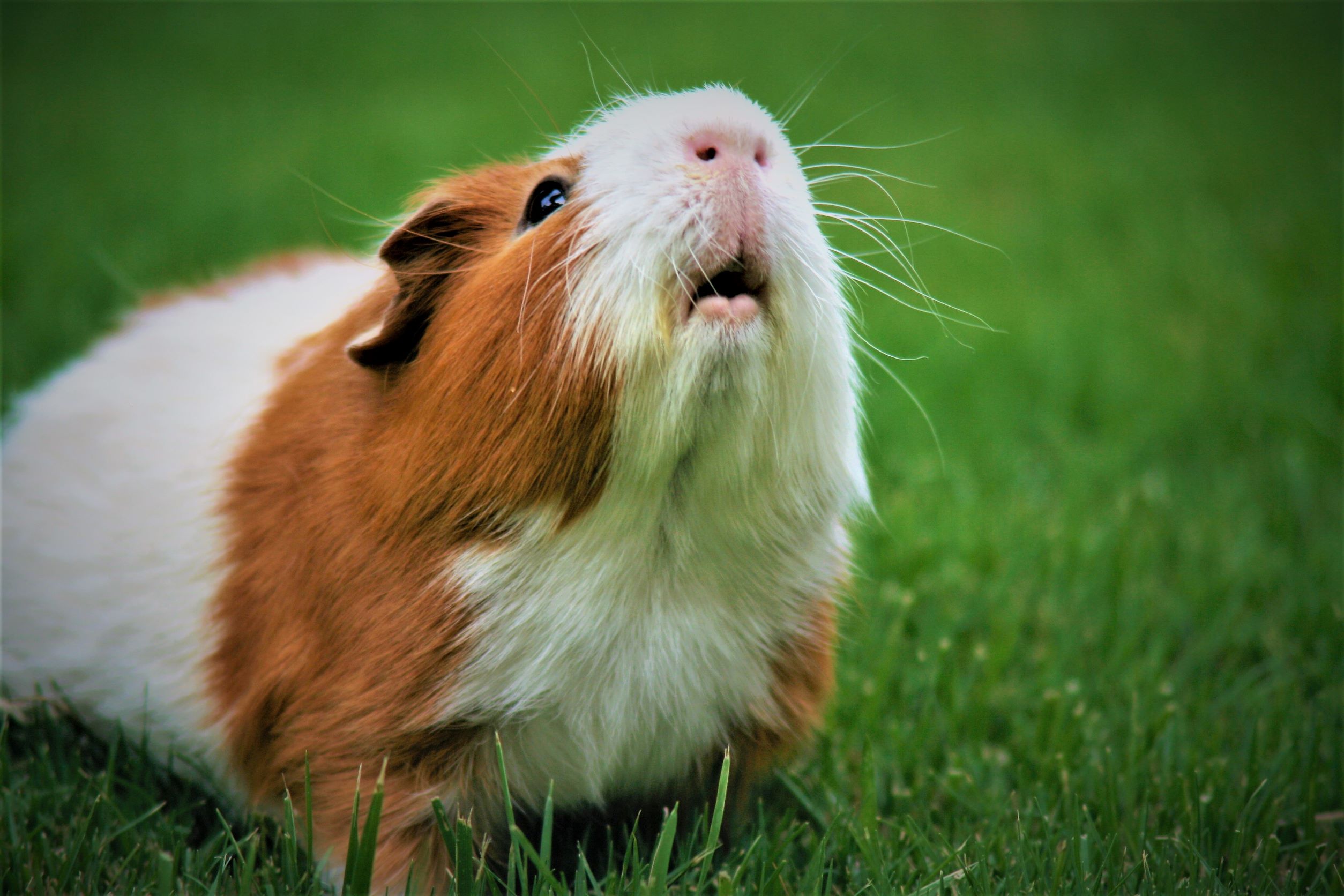It’s goodbye Year of the Tiger, hello Year of the Rabbit. If you were born in 2011, 1999, 1987, 1975, 1963, 1951, 1939 or 1927, this is your lunar year. Congratulations. Apparently you have a gentle and sensitive nature and are a social butterfly.
English has some lively ‘rabbit’ idioms, such as to pull a rabbit out of the hat, to be like a rabbit caught in the headlights, and to breed or fuck like rabbits, which is a very apt observation. In her pre-teen years, my sister got a couple of pet rabbits: before long she had dozens! A curious idiom is to rabbit on (to chat incessantly on trivial matters) because rabbits use body language signals more than vocalisations. To rabbit on is derived from “rabbit and pork” – old English rhyming slang for “talk”.
Romance languages, it seems, haven’t found rabbits as linguistically inspiring, but while compiling this I went down a rabbit hole and found some curious views on guinea pigs. First, though, let’s look at rabbit-related vocabulary in my five Romance languages.
Portuguese
A rabbit is um coelho in Portuguese, and the year of the rabbit is o ano do coelho. It would have been remarkable if famous Brazilian author Paulo Coelho had been born in a year of the rabbit, but he was born in 1947, a year of the pig. Maybe he rabbits on in his books.
In English we can kill two birds with one stone (accomplish two things with the one action), but in Portuguese it’s the rabbits who die for the cause. Hence matar dois coelhos com uma só cajadada – to kill two rabbits with just one blow of a stick. Perhaps that’s how Paulo got his surname – his ancestors excelled at giving rabbits the stick.
Spanish
A rabbit is un conejo in Spanish or una coneja in the feminine form. The year of the rabbit is el año del conejo. The Spanish seem to have noted rabbits’ exceptional lust: ser una coneja is the equivalent of to breed like a rabbit and conejo is crude slang for cunt or pussy. In some parts of the Americas, conejo can mean a detective or sleuth, and andar de conejo is to operate under cover.
French
A rabbit is un lapin in French, or une lapine in the feminine form. The year of the rabbit is l’année du lapin. French seems to think that rabbits are unreliable: poser un lapin à quelqu’un(e) means to stand someone up (not appear for a date or social catch-up).
Italian
A rabbit is un coniglio in Italian, and the year of the rabbit is l’anno del coniglio. The gli sound in Italian is tricky for those learning the language (don’t pronounce the G like you would in English) . Listen to it on online dictionaries that offer sound options such as Collins, or see the advice on Quora.
Italians consider rabbits to be cowardly. Sei un coniglio! is the Italian equivalent of You’re a chicken! in English.
Romanian
A rabbit is un iepure in Romanian, and the year of the rabbit is anul iepurelui. (Romanian uses more suffixes – bits tagged on at the end of a word – than most modern Romance languages, to indicate possession, definitive articles, plurals, etc. For example, -ul is a common one, indicating ‘the’: un an = a year, anul = the year; anii – the years; -lui = his/masculine word possessive. But suffixes vary depending on the gender of the word, and – like Latin – Romanian uses three genders, masculine, feminine and neutral. It’s complicated but kind of fun to learn.)
An expression I like is Nu știi de unde sare iepurele – literally You don’t know where the rabbit jumps from but a way of saying you can’t know where your solution to a problem comes from.
This lunar year will end on February 9, 2024, to be followed by a Year of the Dragon. If you have any amusing rabbit idioms in your language, share them in the comments field.
Linguistic confusion over guinea pigs
Guinea pig in my five Romance language is…
- European Spanish: conejo de indias
- Portuguese: porquinho da índia
- French: cochon d’inde
- Italian: porcellino d’India
- Romanian: porc de guineea, porcușor de guineea, or cobai
So at first glance it would seem the Spanish saw guinea pigs as a type of rabbit and the others viewed them as pigs or piglets; and four out of the five viewed them being of Indian origin. But guinea pigs are in fact rodents and were native to South America, where they were first domesticated by the Incas. According to Wikipedia, “Guinea pigs are called quwi or jaca in Quechua and cuy or cuyo (plural cuyes, cuyos) in the Spanish of Ecuador, Peru, and Bolivia”. If you go to Cusco, the former Inca capital in Peru, you’ll frequently see cuy on the menus.
The “indian” reference on the Spanish, Portuguese, French and Italian translations of ‘guinea pig’ came about because at the time guinea pigs were first introduced to Europe, South America was part of the lands that were generally termed the ‘West Indies’. Why “Guinea“, though, since they weren’t native to the West African country? It’s a long story, outlined here. M5R
Rabbit photos © My Five Romances. Chicken illustration by clker-free-vector-images on Pixabay. Guinea pig photo by Jack Catalano on Unsplash.



